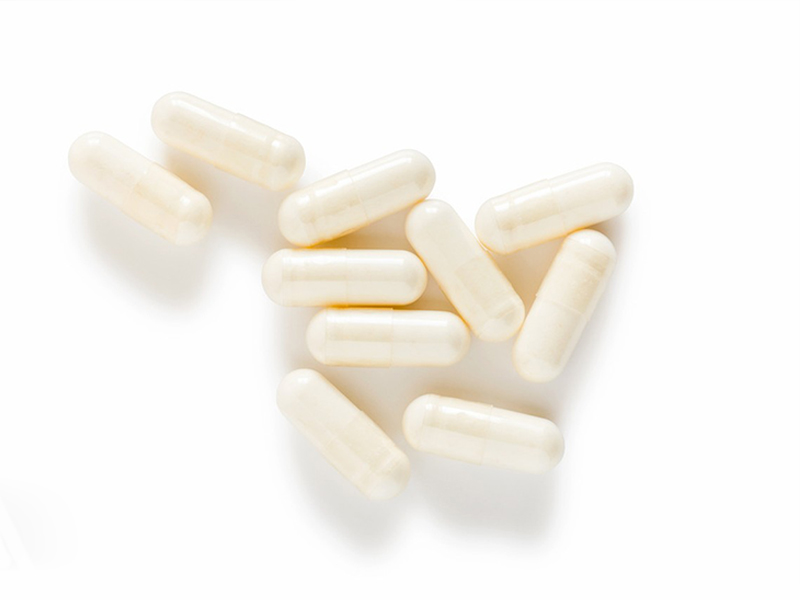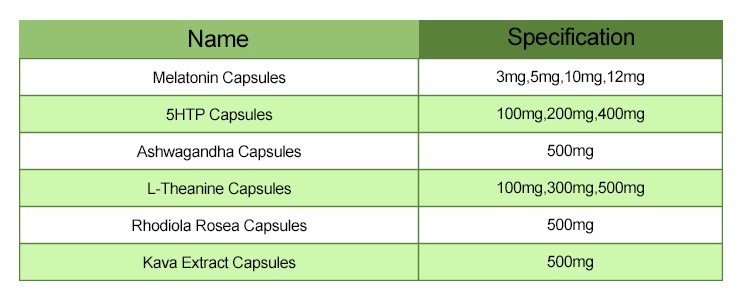Melatonin capsules typically contain melatonin as the active ingredient, along with various other components that make up the capsule itself. Here’s a general outline of the materials and methods involved:
1.Melatonin: Melatonin is a hormone naturally produced by the pineal gland in the brain. It regulates the sleep-wake cycle. In supplements, melatonin is typically synthesized in a laboratory rather than extracted from animals.
2.Excipients: Excipients are inactive substances that serve as the vehicle or medium for the active ingredients. They may include fillers, binders, and lubricants. Common excipients in melatonin capsules include:
Fillers: Often inert substances like microcrystalline cellulose, lactose, or dicalcium phosphate, which add bulk to the capsule and ensure uniformity.

Binders: These help the ingredients stick together and maintain the integrity of the capsule. Examples include starches, cellulose derivatives, and polyvinylpyrrolidone.
Lubricants: These prevent the ingredients from sticking to the machinery during manufacturing and aid in the capsule’s smooth release. Common lubricants include magnesium stearate and stearic acid.
3.Capsule Shell: The shell of the capsule can be made from various materials, including gelatin, which is derived from animal sources, or vegetarian alternatives like cellulose-based materials or hydroxypropyl methylcellulose (HPMC). The choice of capsule shell depends on dietary preferences and restrictions.
4.Manufacturing Methods:
Blending: The active ingredient (melatonin) is blended with excipients in specific proportions to ensure uniform distribution.
Encapsulation: The blend is then filled into empty capsule shells using encapsulation machines. These machines accurately measure and fill the capsules.
Quality Control: Throughout the manufacturing process, quality control measures are implemented to ensure the capsules meet purity, potency, and safety standards. This includes testing raw materials, in-process checks, and final product testing.

5.Packaging: Once manufactured and quality-checked, the capsules are packaged in bottles or blister packs. Packaging may include desiccants to absorb moisture and maintain the stability of the product.
6.Labeling: Capsules are labeled with important information such as the dosage, directions for use, expiration date, and any warnings or precautions.
It’s essential to follow the recommended dosage and usage instructions provided on the product label or as directed by a healthcare professional. Additionally, individuals should consult with a healthcare provider before starting any new supplement regimen, especially if they have underlying health conditions or are t
